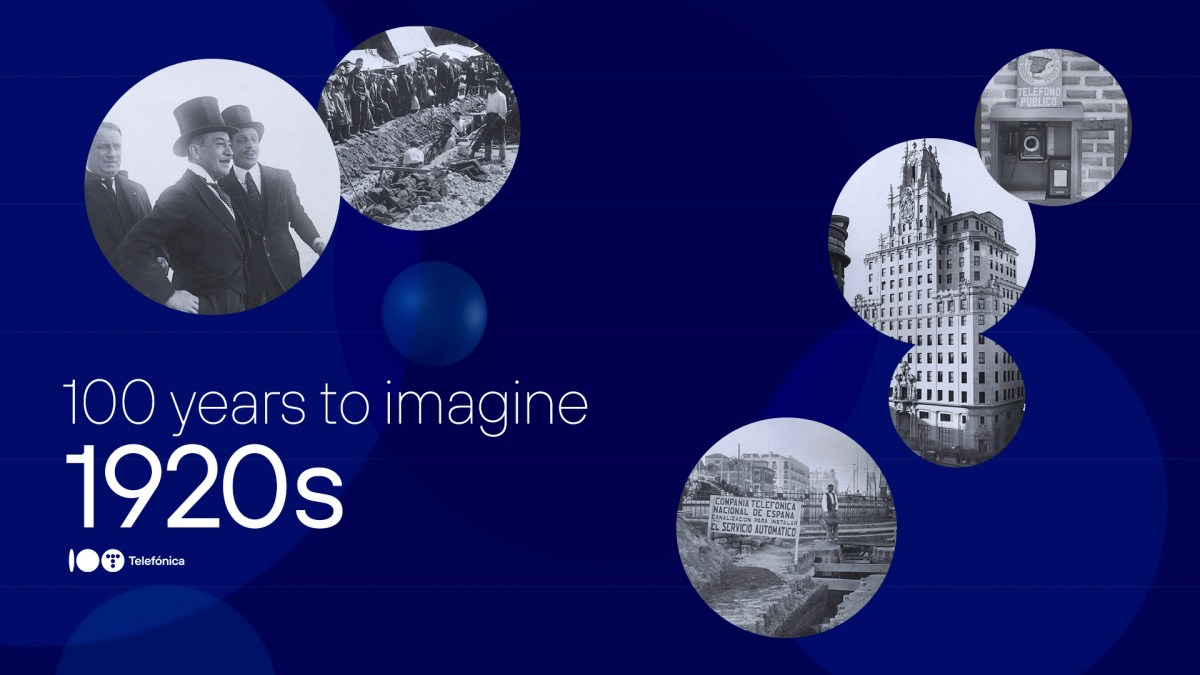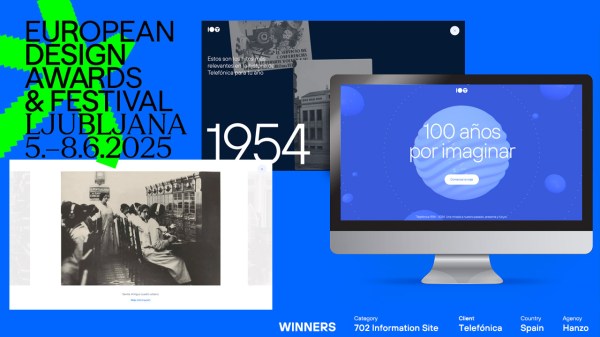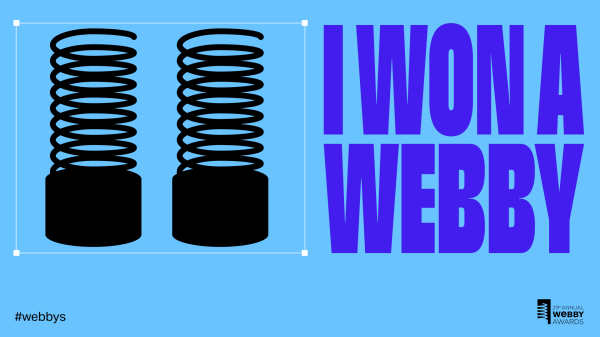In a turbulent world following the conclusion of World War I at the end of the previous decade and major geopolitical changes with the demise of some empires, the 1920s saw the milestone of the first non-stop transatlantic flight by Charles Lindbergh (in 1927) and closed with the crash of 1929.
1924: CTNE is born
In 1924 Telefónica was born under the name of Compañía Telefónica Nacional de España, a company that was founded with a capital of one million pesetas.
Telephony was already several decades old when Telefónica began its activity with the commitment to organize in Spain what was then a revolutionary service: to talk at a distance.
Already that same year, the submarine cable linking Algeciras and Ceuta allowed communication with Tetuan during the Moroccan War.
The first president of the company was Estanislao de Urquijo y Ussía, who would remain in office for 21 years.
1925: saving the lottery
In 1925, the company continued to grow and founded the Technical Training School, a breeding ground for installers and splicers who helped other international companies in their operations.
In this same year, CTNE continues with its extension and modernization of the service, specifically with subway cables: the first underground installation takes place in El Escorial.
As a curiosity, the night before the Christmas Lottery draw, a storm caused the telecommunications network to stop working. However, after working throughout the night, the company’s technicians managed to restore the service and the event was broadcast without any problems.
1926: first 100,000 sets
1926 is the year in which the company installs its first 100,000 sets in service, with the focus on the development of infrastructures, networks, circuits or exchanges.
In the same year, automatic service was introduced, something very relevant for the development of telephone service by providing faster and more reliable communications. Santander became the first city to introduce automated telephone service.
Communication with neighboring countries was also a priority at the time: in 1926 Telefónica extended communications to Bordeaux and Paris.
1927: 840,000 daily communications
Telefónica continues its consolidation in 1927, a year in which 840,000 daily communications are produced, operated by almost 3,000 employees in 1,505 exchanges and with a service that involved one or more direct relations between operator and subscriber.
In that same year, King Alfonso XIII pressed the button to start up the new Standard Eléctrica factory in Maliaño (Cantabria), whose activity served as a lever to boost the deployment of quality communications in Spain.
1928: first call to the other side of the Atlantic
One of the great milestones of the decade took place in 1928, specifically on October 13: Alfonso XIII and the President of the United States, Calvin Coolidge, inaugurated the service between this country and Spain.
As stated in our centenary website, “it is the first transatlantic telephone communication that used all possible transmission techniques at the time: copper wire between Madrid and Zaragoza, using the ordinary frequency of the human voice, to continue to Versailles with high frequency, and from there to Boulogne by land cable and cross the English Channel connecting with London. Already from Rugby in the United Kingdom the voice was broadcast by radio across the Atlantic, which was received on the coast of Canada and transported by cable to Washington”.
Also in 1928 the first public pay telephone was installed, specifically in Madrid’s Viena Park in the Retiro Park. This was the first of almost 100,000 public telephone booths and telephones that would be part of the urban landscape in Spain for almost a century.
1929: emblematic building at Gran Vía 28 opens its doors
Telefónica’s most emblematic and recognizable headquarters is the Gran Vía building in Madrid, whose doors opened in July 1929.
At 90 meters high, it was the tallest building in Europe when it was inaugurated and, for a quarter of a century, the tallest in Madrid. Designed by the architect Ignacio de Cárdenas, Gran Vía 28 is one of the jewels of early 20th century architecture with a revolutionary change: for the first time in Spain it used a metal structure and pioneered the use of an internal wrought iron structure.
A few months earlier, specifically in February, the press of the time reported that Spain was the European nation with the highest percentage of automatic lines and telephones in its network, ahead of France and Germany.
Images from the 1920s
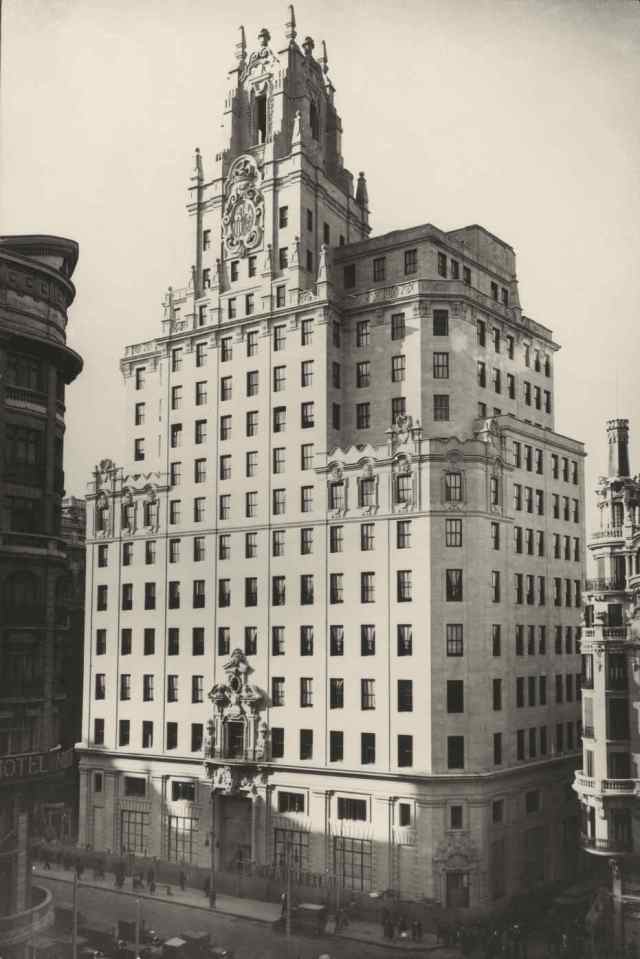
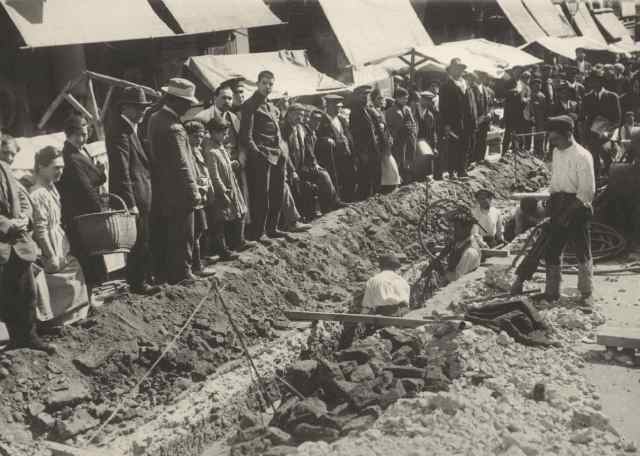
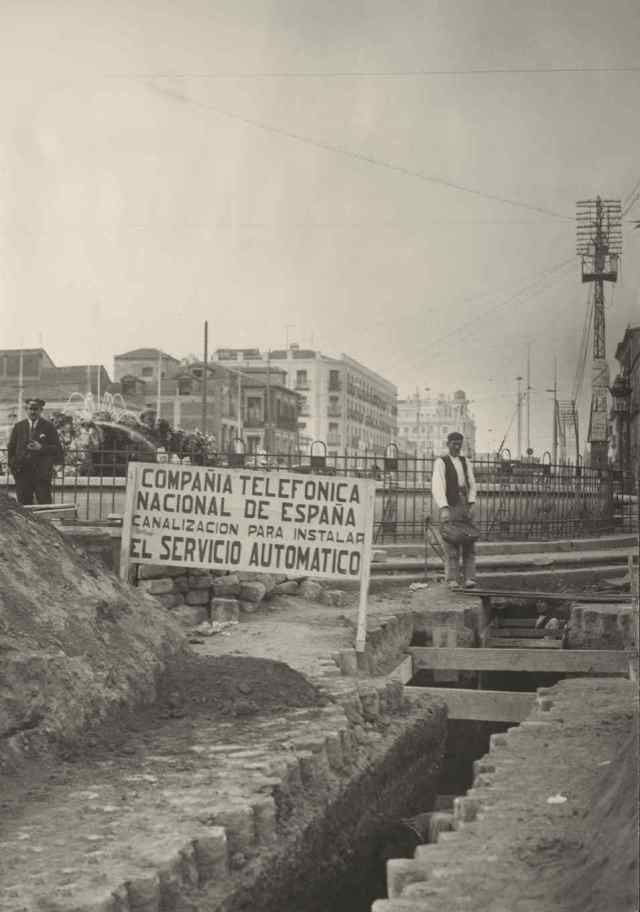
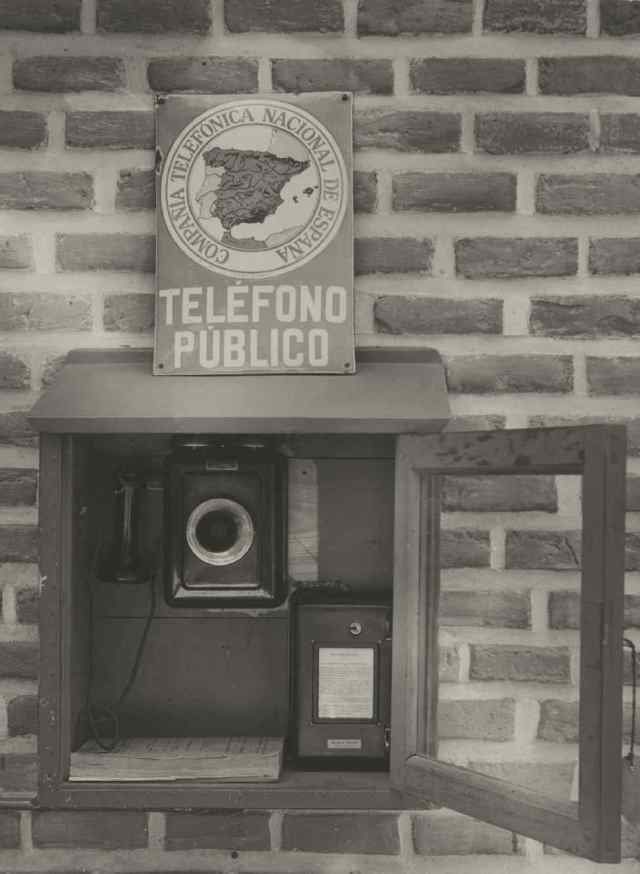
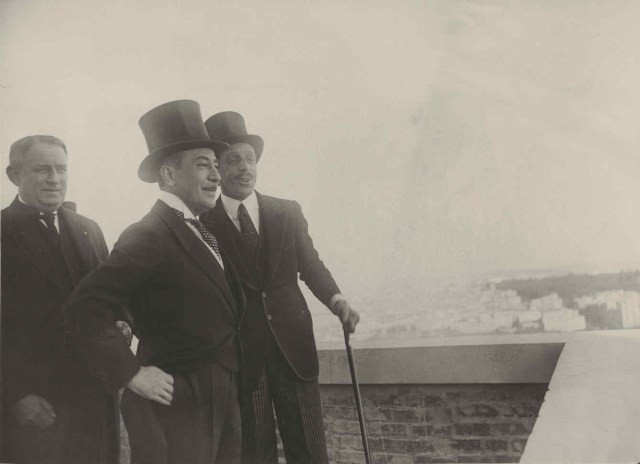
Telefónica’s Centenary
In 2024 Telefónica celebrates its centenary.
In this series of posts on the blog and on the website https://www.telefonica100.com/ we invite you to delve into the exciting history of the company and to know year by year or decade by decade the main milestones that have made Telefónica the company we all know today.
